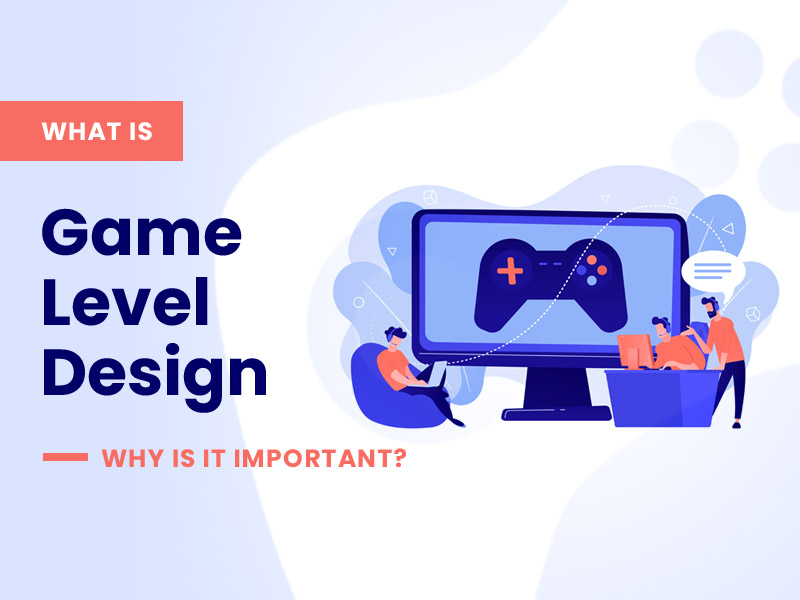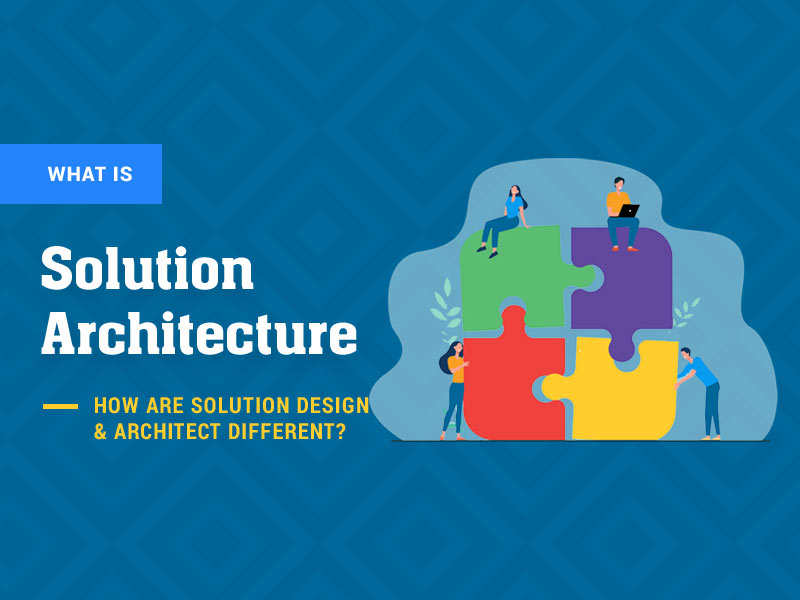Many people of all ages enjoy playing video games to relax or have fun. While graphics and gameplay mechanics have improved, the level design remains integral to video games.
The design of a game’s levels makes playing the game fun and hard. Even though every Game Development Company or gamer has their own preferences, all agree that a great video game has an excellent level of design. Video games are only enjoyable and worth playing if their levels are well-designed.
When a game’s levels are poorly created, playing them can be irritating and tedious, but when they’re effectively made, they can be exciting and difficult. For this reason, when planning out each level, the game studio considers a wide range of criteria, including player feedback, the game’s intended difficulty level, and the level’s intended flow.
All About Game Level Design
A team of artists and programmers designs video game levels. Many things can be referred to as “levels“, but most commonly, it refers to a section or phase of play that must be completed before going on to the next.
A game design is crucial as it establishes the game’s pacing and difficulty. Further, it gives designers a say in how much background and context to give the player at any given time.
When designing a level, giving the player something to work toward is crucial. For example, in Diablo 2, it is essential that the player understands the diablo 2 resurrected best builds to begin their adventures into Hell with, and what they must do next at all times. Goals, signs, and other graphical aids can help with this.
Types of Game Level Design
The layouts of video game levels come in a wide variety of styles. The most typical examples include:
1. Shooter Level
This category includes first- and third-person games, and it is the most common. Weapons of many kinds, including firearms, are integral to players’ success in these games. Most shooter levels aim to test the player’s mettle with high-pressure situations. Some services for creating games on mobile devices also specialize in this type of game.
2. The Platformer Level
Designing levels for a platformer game is a crucial part of making a good game and one of the most significant parts of game production. Platformer-level design involves various considerations, including player experience, level flow, challenge, and more.
The goal of any well-designed level in a platformer game should be to give the player a hard yet rewarding experience while also introducing them to new gameplay concepts.
3. Puzzle Building Level
Including challenging problems in a game’s levels is the goal of puzzle-level design. The point of designing a puzzle level is to make it difficult, but not impossible, and to provide the player with a satisfying experience once they beat it.
4. Multiplayer Game Level Design
Online games with player-versus-player competition highlight the need for a level design for several players. As such, it is crucial that the levels be constructed to ensure a level playing field for all players.
They should also be ready to encourage strategic planning and teamwork. A well-designed multiplayer level can make all the difference between a fun and a tedious online gaming experience.
5. Horror Design Level
In the gaming world, there exists a subgenre called “horror-level design”, the primary goal of which is to evoke feelings of dread and fear in the player.
You can find it in games of many different genres, but survival horror is where you’ll most likely encounter it. Having gamers on the edge of their seats is the goal of any good horror-level designer.
Importance of Good Level Design in Video Games
Video game designers are well aware that level design is crucial to the success of their games. A game’s level design establishes the stage for the player’s interactions with the game and the source of their enjoyment.
To produce a fun and exciting gaming experience, developers must carefully consider every level’s design aspect. In addition, there are plenty of details to think about when putting together a video game stage.
The video game designers have to make choices on the level’s geometry, the types and locations of its objects and adversaries, and the level’s difficulty level. Since players will likely return to a level more than once to perfect their high score or overcome a particularly challenging segment, designers also take replayability into account.
How Can Game Engines Be Useful in Design?
The use of a gaming engine can be a huge assistance to the development team. You may make levels a lot more quickly and easily with the help of their tools and capabilities. Levels can be more engaging and difficult by adding extra effects and items.
Each of the many accessible gaming engines has its own strengths and weaknesses. That’s why it’s important to pick the best possible engine for your undertaking since it can dramatically affect the result.
The success of a game development company relies heavily on the quality of its level designs. A poorly designed game has little chance of success, while a well-conceived one can achieve great things.
The Major Game Level Development Phases
Following are the steps involved in creating a level for a video game:
Imposing limits and boundaries
Initially, you should confine yourself. Constraints can be placed on playtime, level progression, and the total number of participants. Once these parameters are established, designing the game becomes considerably simpler.
Game Designing Process
After that, we may go on to the game’s actual design. Everything from the visuals to the gameplay mechanics falls under this category. At this point, the full concept of the game has been developed.
Use of Bubble Charts
There are numerous strategies for creating a playable video game level. Bubble diagramming is a typical technique. In this step, you’ll outline the level’s layout and flesh it out with more fine detail later. This allows you to see the big picture of the level and how everything works together.
Rough Maps
The first and most important part of level design is creating rough maps. After the bubble design, or the game’s overarching blueprint, has been made, it’s time to begin planning the specifics of each section’s appearance and feel. On the rough map, you’ll first start piecing together your thoughts.
End of Level’s Design
Like the beginning and middle, the conclusion of a level is crucial. You want the gamer to feel like they’ve accomplished something and that the story’s conclusion makes sense. One method of doing this is to have a cutscene or other sort of climax before the player completes the level. This permits them to go on to the next phase with a sense of accomplishment.
Conclusion
The quality of a game level design can determine whether or not it’s successful. The level design significantly impacts whether or not a player will continue to play a game. However, if the levels are poorly made, people will feel frustrated and quit the game.







